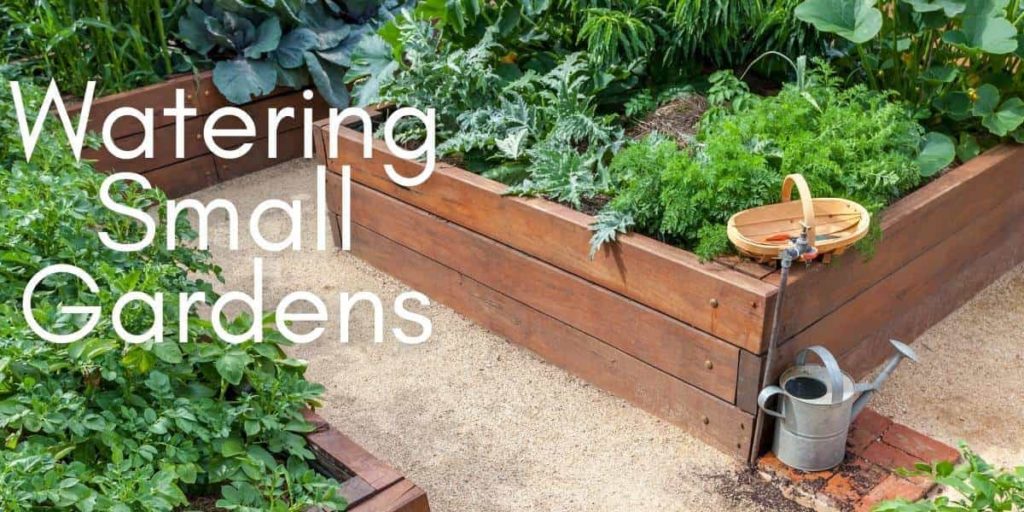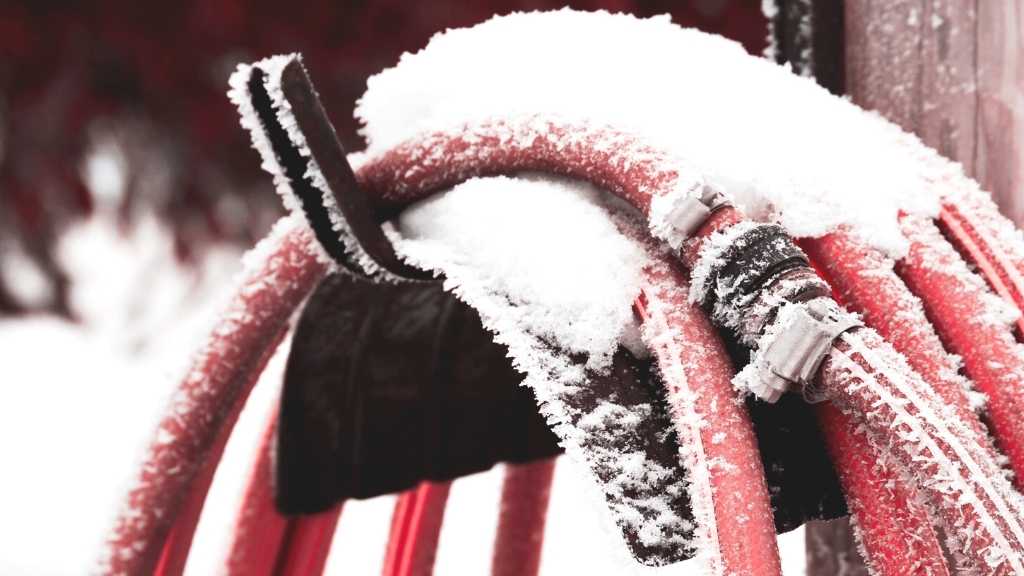Especially due to the pandemic, becoming a home gardener gained a lot of interest in the past two years and is now among the most popular home activities.
Space is not so important when deciding to start growing your own vegetables, aromatic plants, or flowers. There are a lot of garden designs that we can approach depending on the available space we have.
The important factors that have a direct impact on the durability, health, and productivity of a garden, either if it is a flower or a vegetable garden, are always the same:
- Rich soil is essential for vegetables’ healthy growth and great taste.
- Direct sun is a must. A minimum of five hours of direct sun is needed for vegetables to grow properly. Other greens can grow also in shaded spaces but for most vegetables, direct sun is critical to their proper growth.
- Water is the last on our list, but it is as important as the other conditions mentioned above
Garden plants need a good balance between these three factors to properly develop and survive during the entire season.
In this post, we will provide more details, based on our own expertise, on how to better manage the watering activities for a small garden, in particular.
Make sure you continue reading till the end to decide if any of these options will be helpful in your case!
When it comes to what is the best way to water a small garden, different aspects of the watering process should be kept in mind. The main aspects are:
- When to water the garden
- How to water the plants
- What watering systems or tools to use
Ideally, you should know what are the watering needs of your garden plants and vegetables.
Plants that are grown for their vegetation, like leafy greens, have the same watering needs throughout their lifespan. But for the plants that are producing fruits, and vegetables in general, the watering needs highly increase after they are past the seedling phase.
Lack of water for a longer period followed by excessive watering, and erratically watering can cause severe damage to the plants and can ruin your garden overall.
When to water the garden
The best time to water the plants is generally when they need water.
If for some reason you missed watering the plants for a longer period and you see they are struggling, it is indicated to immediately start watering them, no matter the time of the day.
Otherwise, especially during the hot season, randomly watering the garden at the wrong time of the day can result in great damage to the plants and even losing them.
It is recommended to avoid watering the garden during the day when the sunlight is still strong, and temperatures are high.
The best time of the day to water the garden is either early in the morning or in the late afternoon and evening.
Watering in the morning allows the water to easily penetrate the soil and keep it moist throughout the day. However, watering in the evening will prevent water to evaporate and will give the plant time to gradually use the water from the moist soil.
If time management is something that you struggle with, keep in mind you can always set up automatic watering systems on your garden hose bib. Therefore, don’t be afraid to use water timers. Then set up the desired timeframes for watering and your job is done!
How to water the plants
It is a good idea to try watering as close as possible to the plant roots and avoid watering from the top of the plants.
Watering the plant foliage is not recommended for a great variety of garden plants. The reason is there is not much water that can be absorbed by their leaves so plants can develop different diseases if their foliage remains wet for a longer period throughout the day. Moreover when temperatures rise and if the plants sit in direct sun areas.
Watering from above can be considered a waste of water, as plants do not absorb it as much as through their root system. The remaining water will just evaporate in time having no result in nourishing your plants.
When you aim to deliver the water as close to the base of the plants and as close as possible to the soil surface, the result will be the desired one.
You can use a targeted tool to water the plants near the roots, such as a watering can if you hand water, or a water wand nozzle attached to your normal garden hose.
Overwatering and underwatering should also be avoided. Regularly test the soil moisture by digging your finger into the soil. If it is moisture depth is only one inch from the surface, it should be safe to add more water.
What are the best tools to use for watering a small garden?
The best way to water a small garden is by using one of the below-mentioned watering methods.
- Hand watering
- Installing a drip irrigation system
- Using a soaker hose
Hand Watering
Hand watering is very hands-on and intuitive, and ideally, there should be a water source close to your garden, to make this process easier.
The most popular ways to hand water a garden are to use either watering cans or garden hoses with a watering wand installed.
Hose wands are easier to use when aiming to direct water as close to the plant root or close to the ground surface.
When watering by hand you can easily select which plants to water and do this when they really need it. If you are not sure when the plant needs watering, you can check the soil dryness.
As mentioned above, it is indicated to water the garden in the morning to assure the soil is moist during the day. When watering by hand, make sure you aim for the plant root. This will ensure foliage remains dry which is important for most plants as dry foliage prevents different plant diseases to appear.
The last two options are very similar, and most people consider there is no difference between them, but we will try to point out the differences in the next sections of this post.
What is a drip irrigation system?
As a short definition, a drip irrigation system is a low-pressure, micro-irrigation system that can be installed on the ground level, above ground level onto specific plant pots or garden beds, or buried, through which the water drips very slowly near the root zone of the plants.
As the water drips very slowly, it allows the soil to get gradually moistened, minimizing the water evaporation. Therefore, it allows the plants to absorb the necessary amount of water at their own pace.
Going further we will talk more about the above-ground drip system as it is easier to install, and it is also the variant that we decided to use in our own small garden.
The water in this type of system is distributed through a network of tubing and valves, which can be installed in different lines or shapes, with the purpose of covering the entire garden surface that needs constant watering.
A drip irrigation system can be operated manually by turning it on and off, or automatically, by using a water timer controller.
Drip Irrigation Benefits
The most important pros of using a drip irrigation system in a small garden are:
- High watering efficiency while using a small amount of water.
- Soil type plays a less important role in terms of irrigation frequency, as water will moist the soil gradually and constantly. Drip systems lessen soil erosion and eliminate water runoff.
- Liquid fertilizer can be mixed with irrigation water, this is called fertigation and it can save fertilizer waste.
- Water waste can be dramatically reduced when the system is properly designed, installed, and maintained.
- As the water drips near the roots of the plants, the foliage will remain dry, eliminating the risk of plant diseases. Most common plant diseases appear due to high humidity and due to keeping the foliage wet constantly.
- Operating each drip line water distribution can be easily done by operating the system valves and drippers one by one. This allows you to have different watering variations within the same drip system.
- The low pressure used in this system helps reduce energy costs compared with other irrigation systems where the drip system is connected to a water pump.
Drip irrigation Cons
Of course, there are also some cons to consider before deciding to install a drip irrigation system such as:
- The initial dripping kit and installation cost.
- Extreme weather conditions can damage the tubbing. Sun or freezing temperatures can shorten the tubbing lifespan and replacements will be needed.
- When using a buried drip system, the amount of water that is applied can be difficult to control as it is not visible, and you can either use too much or an insufficient amount of water.
- If not properly installed these irrigation systems can cause water waste.
- Clogging can become an issue when the watering system is not properly maintained, or if the water flowing through it is not properly filtered.
What is a soaker hose?
Just like its name suggests, a soaker hose is a hose that leaks water throughout its entire length, evenly.
It is made of a porous material and drips water slowly throughout thousands of pores, at a low water pressure. Soakers are very efficient, especially for seedling watering, as they gently drip water and gradually moisten the soil around them.
The main difference between a drip system and a soaker hose is that with the drip system you create the drip holes in specific spots on the tubbing, while a soaker hose is dripping small drops of water on its entire length.
Soaker hoses are connected directly to the faucet or can be connected to a regular water hose if the distance from the water source to the garden plants is longer. Soaker hoses can be operated manually or automatically using a water timer unit.
The main benefits of using a soaker hose are similar to the drip irrigation system with some additional pluses:
- The soaker hose is within the same price range as a normal garden hose.
- Quick and easy installation – you just need to lay the soaker hose between the plants that need watering by creating lines or other shapes, depending on the garden setup.
- The water is gently distributed around the soaker hose length, making it a perfect watering solution, especially for plants with fragile roots, such as seedlings.
- Water-saving is another plus as the soakers have a slow and constant drip, preventing water from evaporating, giving it time to soak into the soil, and eliminating any runoff risk.
- Reduced risk of overwatering because of the steady dripping pace. This gives the soil enough time to properly soak in the water, for the greater benefit of the plants.
Sources – https://en.wikipedia.org/wiki/Drip_irrigation
Conclusion
There are a lot of alternatives when it comes to watering a small garden. One of the best choices you can make is to install some type of drip watering. This can be easily automatized by using a water timer. It has huge importance in time management and in terms of watering efficiency.
In this post we covered the main options you can choose to properly water a small garden.
Check out our related posts section below or the other posts on our site, related to the other watering tools that we use in our garden!
Read more about irrigation and drip irrigation here:



